Philips' Ultra Efficient LED Bulb: A Game-Changer for Energy Savings
- Chukwudi Mogo
- Jun 10
- 5 min read
Introduction
Lighting plays a crucial role in our daily lives, illuminating our homes, workplaces, and public spaces. However, traditional bulbs, particularly incandescent ones, are notorious for being energy hogs, consuming vast amounts of electricity while providing minimal efficiency. In response to this pressing issue, Philips has introduced its Ultra Efficient LED bulb, a revolutionary product that promises to significantly cut electricity costs and enhance energy efficiency. With its innovative design and remarkable performance, could this be the future of home lighting? The answer may very well be yes.
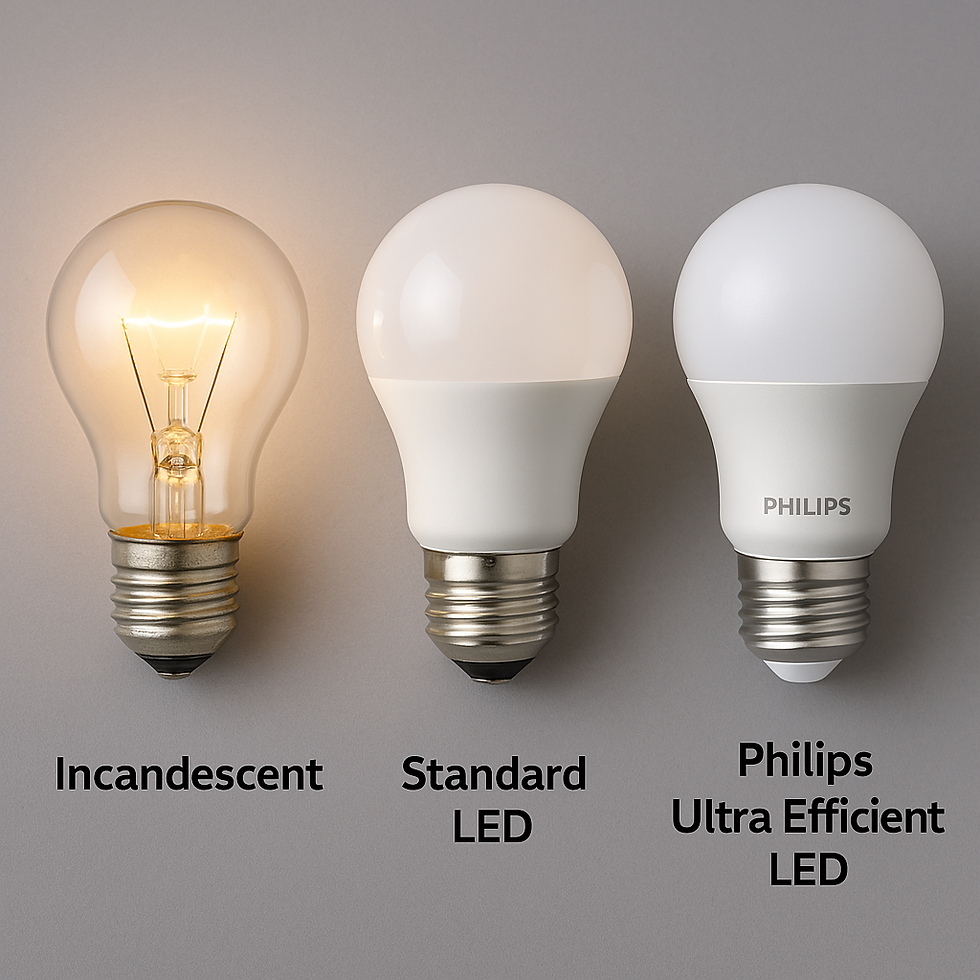
Why LED Bulbs Matter
Lighting accounts for a substantial portion of household energy use, with estimates suggesting it can consume as much as 15% of a typical home's total electricity. Traditional incandescent bulbs convert most of their energy into heat rather than light, rendering them highly inefficient and costly in the long run. Compact fluorescent lamps (CFLs) offer some improvement in energy consumption, but they still fall short when compared to LED bulbs, which far surpass both incandescent and CFL technologies in terms of efficiency and longevity.
Switching to LED lighting can reduce household electricity consumption by up to 75%, translating to lower utility bills, a reduced carbon footprint, and a more sustainable lifestyle. This shift not only benefits individual consumers but also contributes to broader environmental goals by decreasing overall energy demand.
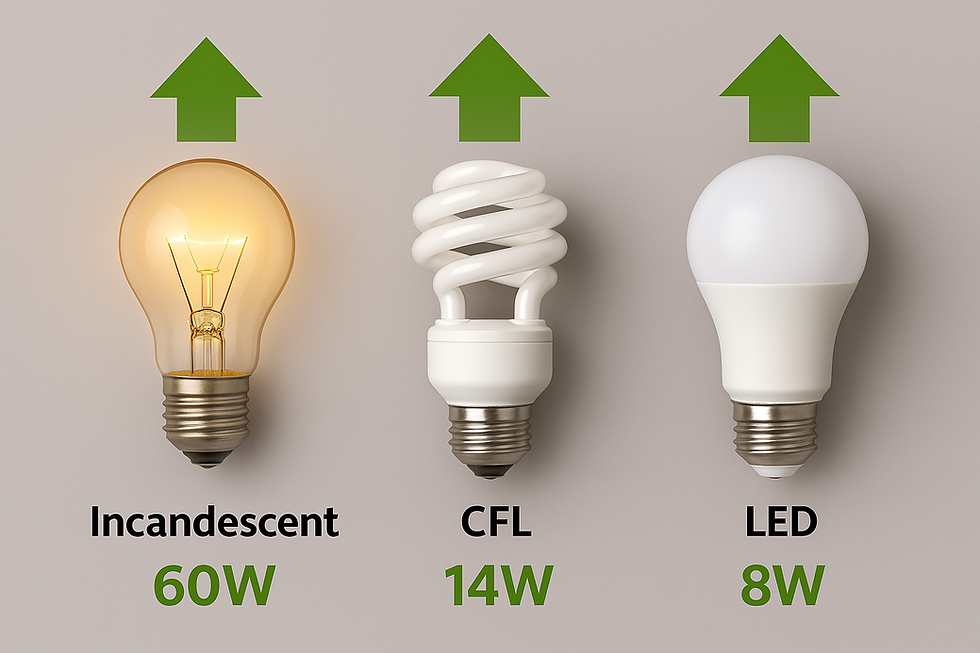
The Philips Ultra Efficient LED Bulb: What Makes It Special?
Philips' new LED bulb is engineered to use just 4.5 watts of energy, which is about half as much as other popular LED bulbs currently available in the market. It is estimated to cost only 55 cents per year to operate, making it an incredibly economical choice for consumers. Moreover, this bulb boasts an impressive lifespan of up to 45.7 years, which is a staggering improvement over traditional lighting options.
In comparison, standard LED bulbs typically last around 15–20 years, meaning Philips' innovation triples their longevity. This remarkable lifespan not only enhances convenience for consumers but also reduces the frequency of purchases, ultimately leading to significant cost savings over time. This bulb isn't just energy-efficient; it represents a shift towards a more sustainable and practical approach to home lighting.
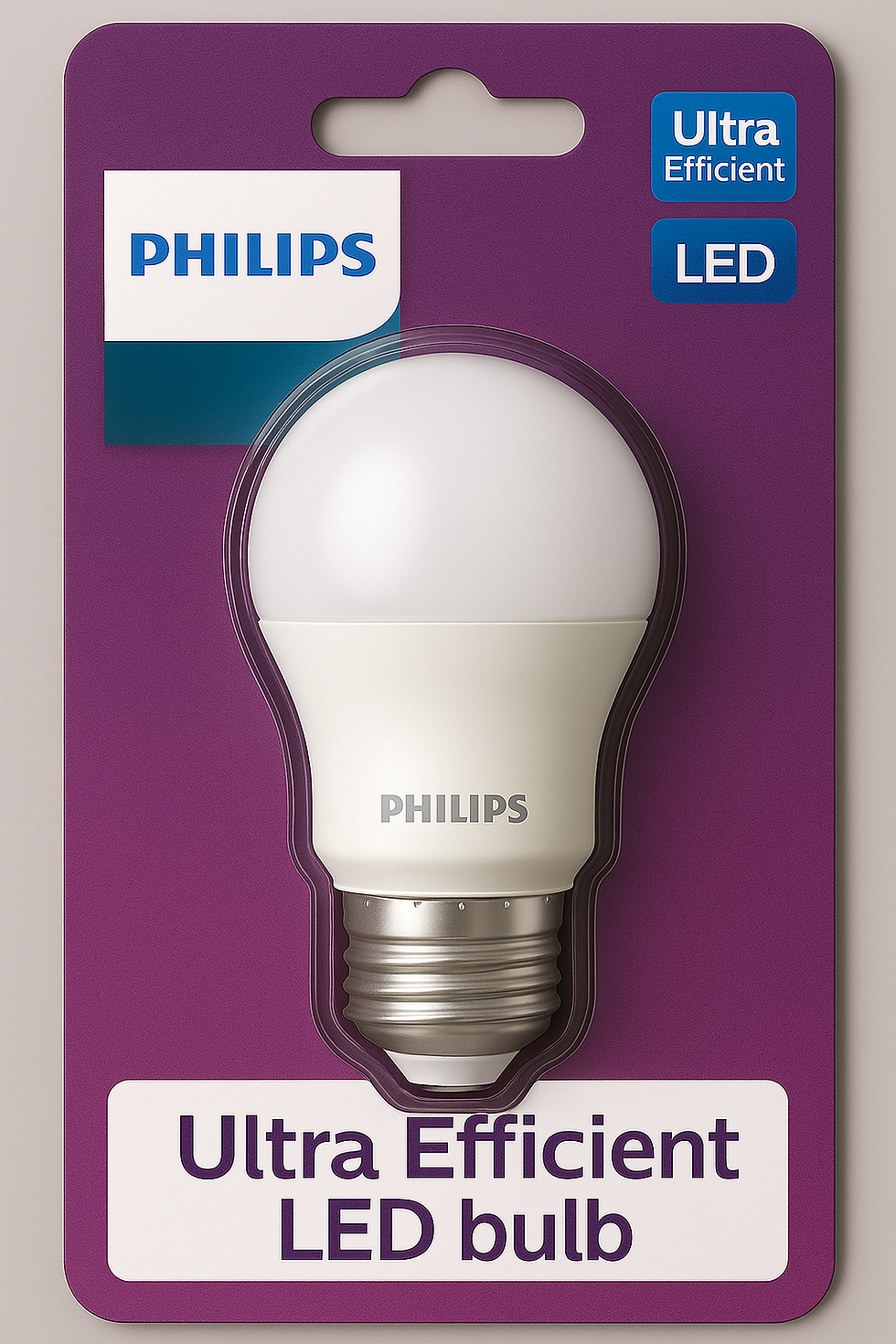
Performance and Efficiency
In real-world tests, the Ultra Efficient bulb drew 4.7 watts, slightly above Philips' claim but still remarkably low. It maintains a brightness of 460 lumens, which is comparable to traditional 40-watt incandescent bulbs, providing ample illumination for various settings. This balance of efficiency and brightness makes it a suitable option for a wide range of applications, from residential to commercial use.
However, one notable drawback is that this bulb is not dimmable, which may be a limitation for those who prefer adjustable lighting options to create different moods or settings. Additionally, its clear glass design may not appeal to users who favor frosted bulbs, which tend to provide a softer and more diffused illumination. Despite these limitations, the bulb's performance remains impressive and reliable.
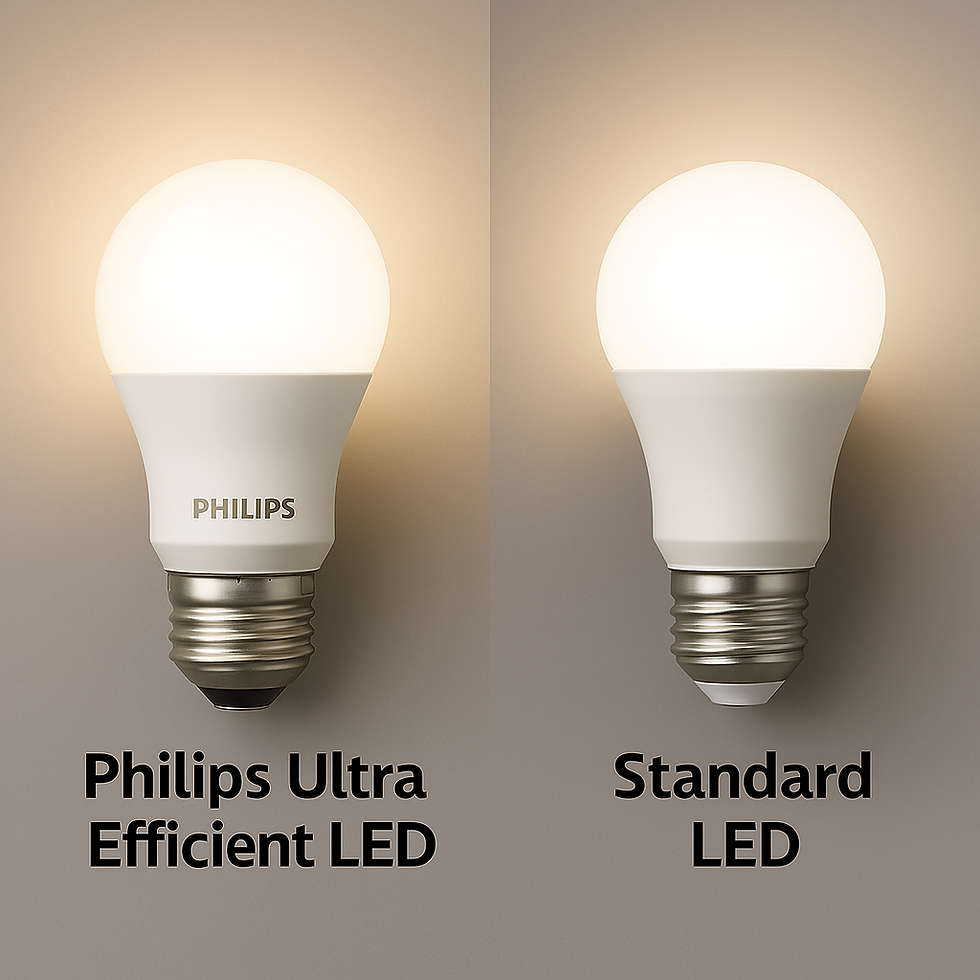
The Environmental Impact
Beyond the financial savings, switching to ultra-efficient LEDs is an eco-conscious choice that benefits the environment. Since these bulbs last up to five times longer than standard LEDs, they contribute to a significant reduction in landfill waste and decrease the frequency of production and shipping, which are both resource-intensive processes. This longevity means fewer bulbs are needed over time, leading to less environmental strain from manufacturing and disposal.
Additionally, LEDs do not contain mercury, unlike CFLs, making disposal safer and more environmentally friendly. With their lower energy consumption and longer lifespan, widespread adoption of bulbs like this could reduce global carbon emissions significantly, contributing to a healthier planet for future generations.
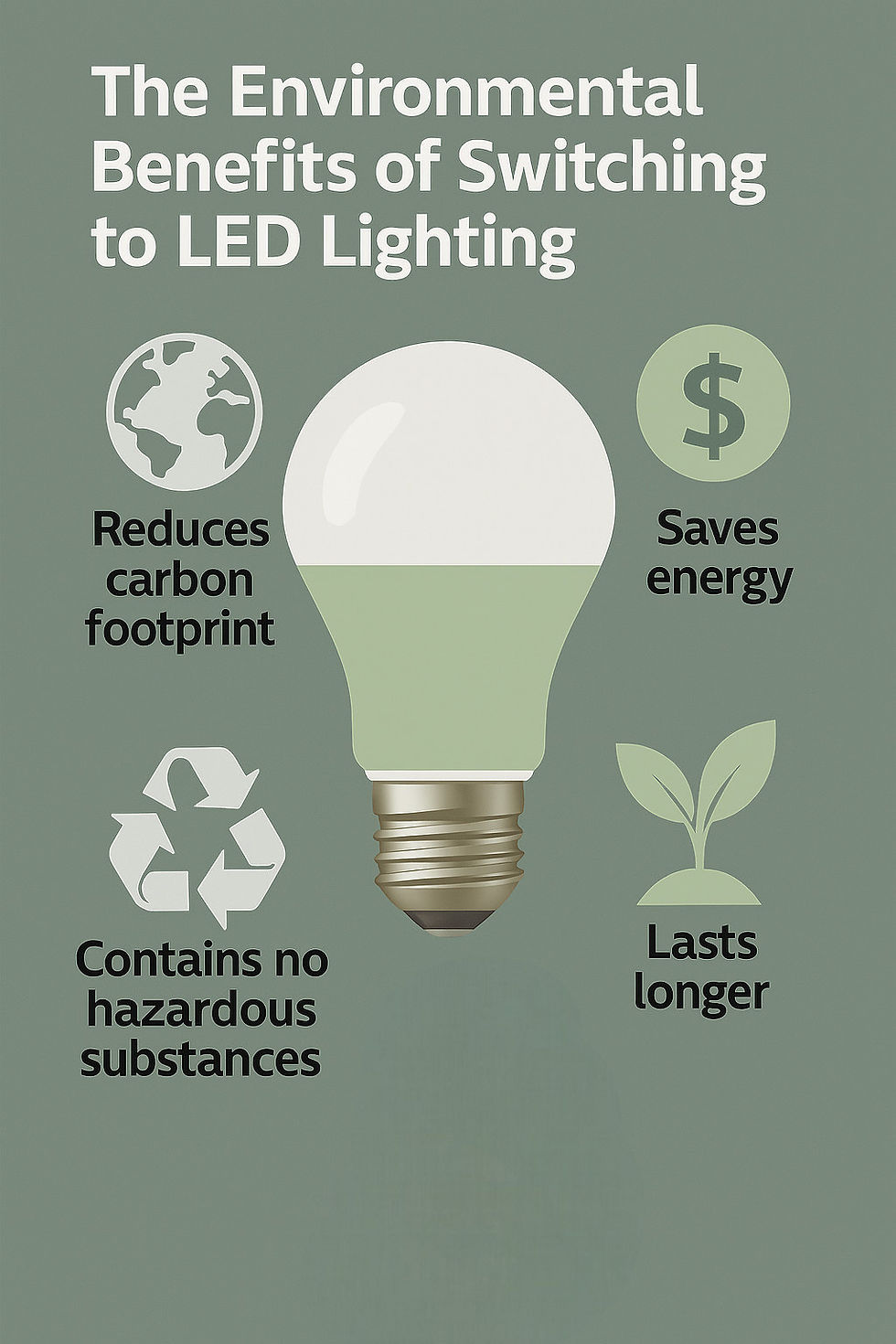
Price and Availability
The Philips Ultra Efficient LED bulb is available in three sizes, A19, A21, and BR30, and two color temperatures: 3000K (soft white) and 5000K (daylight). Currently, it is sold exclusively at Walmart, with prices starting at $9.97. This pricing strategy positions the bulb as an accessible option for consumers looking to upgrade their lighting solutions.
While this price point is higher than conventional LEDs, the extended lifespan and long-term savings may justify the investment. Consumers should consider the overall value of the bulb, including its efficiency, durability, and the potential for reduced energy bills over time.
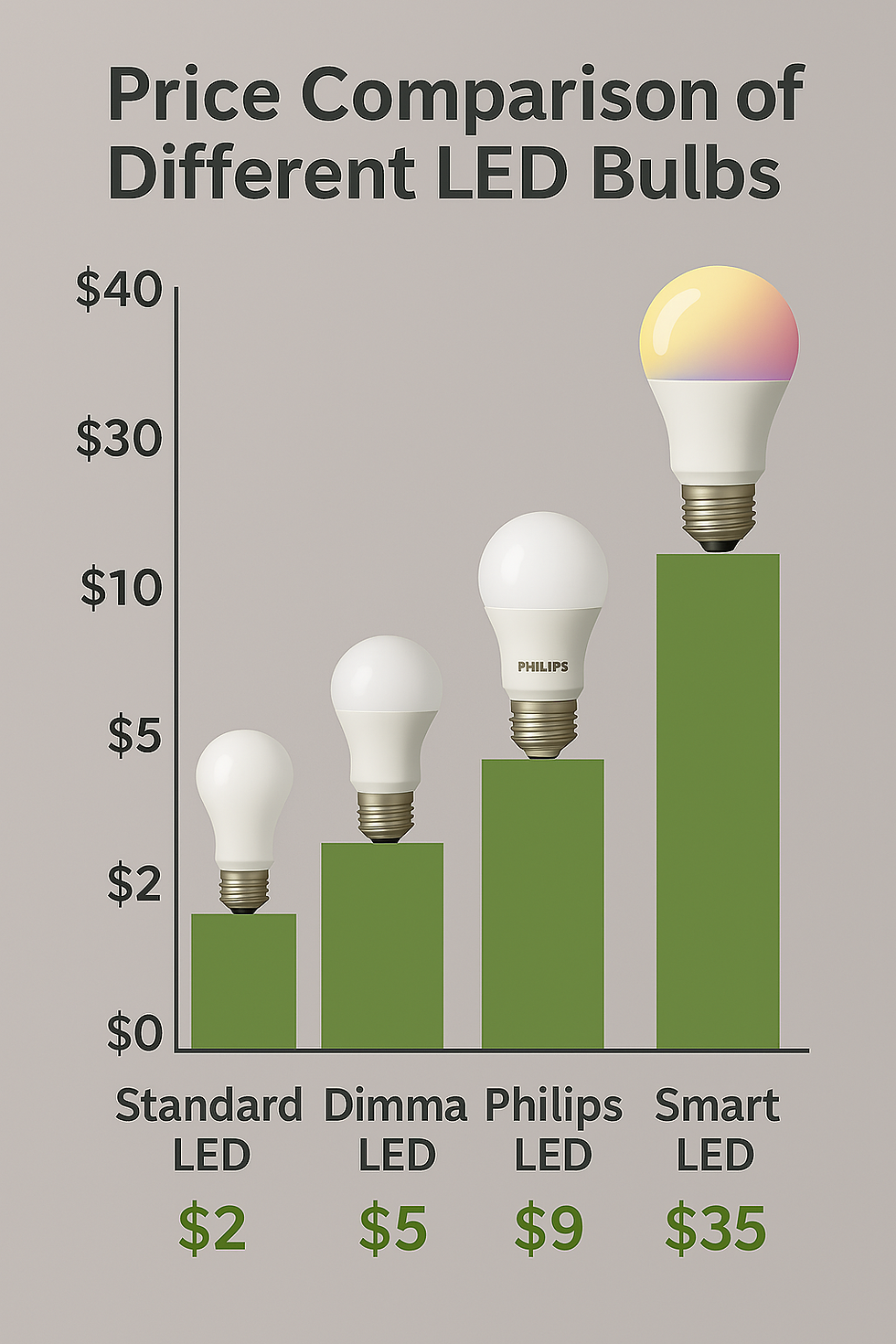
Is It Worth the Investment?
Though the upfront cost is higher than standard LED bulbs, the long lifespan and energy savings could make it a worthwhile purchase for many consumers. Over its lifetime, it could prevent the need to buy dozens of replacement bulbs, leading to substantial savings on both purchases and energy bills. This makes it an attractive option for homeowners or renters who are looking to cut down on electricity costs without sacrificing brightness or quality of light.
Furthermore, as more consumers become aware of the importance of energy efficiency and sustainability, investing in products like the Philips Ultra Efficient LED bulb aligns perfectly with a growing trend towards eco-friendly living.
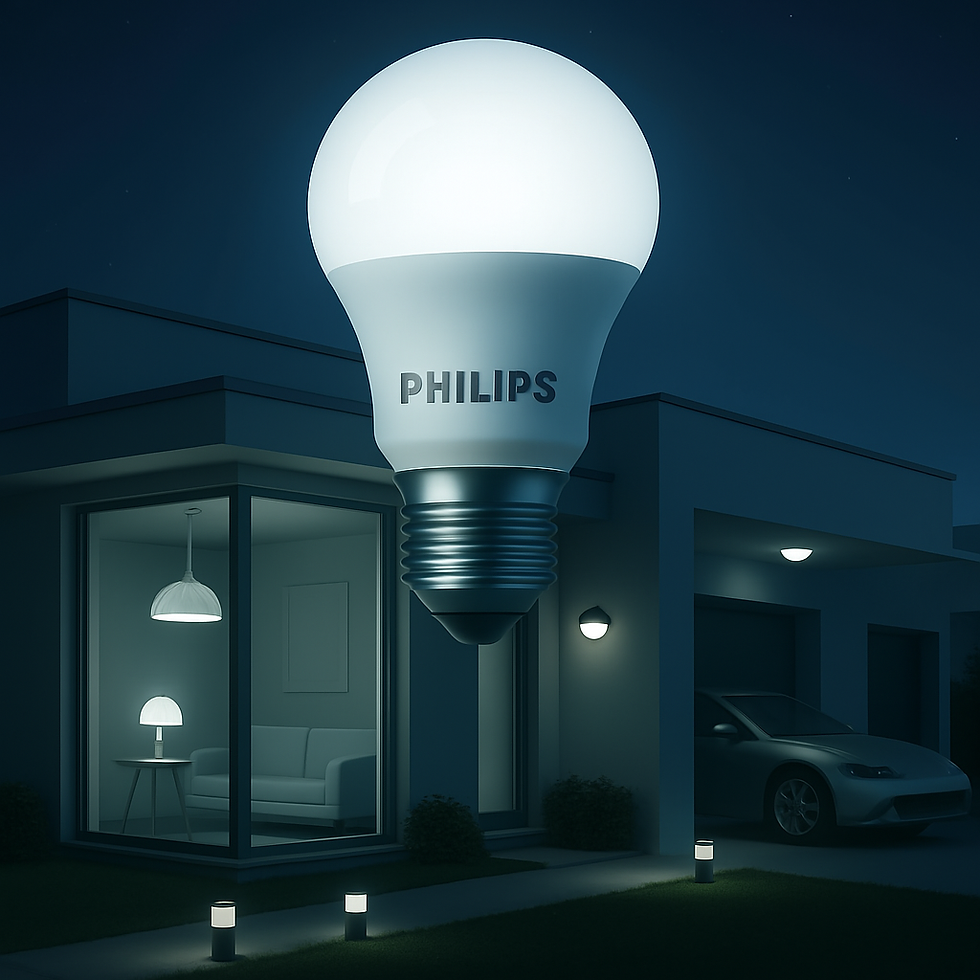
Real-World Applications
This bulb is particularly beneficial for a variety of settings and users, including:
- Homeowners looking for low-maintenance, energy-efficient lighting solutions that can help reduce their monthly expenses.
- Businesses and offices that operate long hours and need reliable lighting for productivity, where the cost of frequent bulb replacements can add up significantly.
- Outdoor fixtures where bulb changes can be challenging due to hard-to-reach locations, making a long-lasting bulb a practical choice.
- Smart-home users interested in reducing their overall energy footprint while still enjoying high-quality lighting options.
If you have areas in your home with hard-to-reach light fixtures, a bulb that lasts nearly five decades could save you the hassle and expense of frequent replacements, making it a sensible investment.
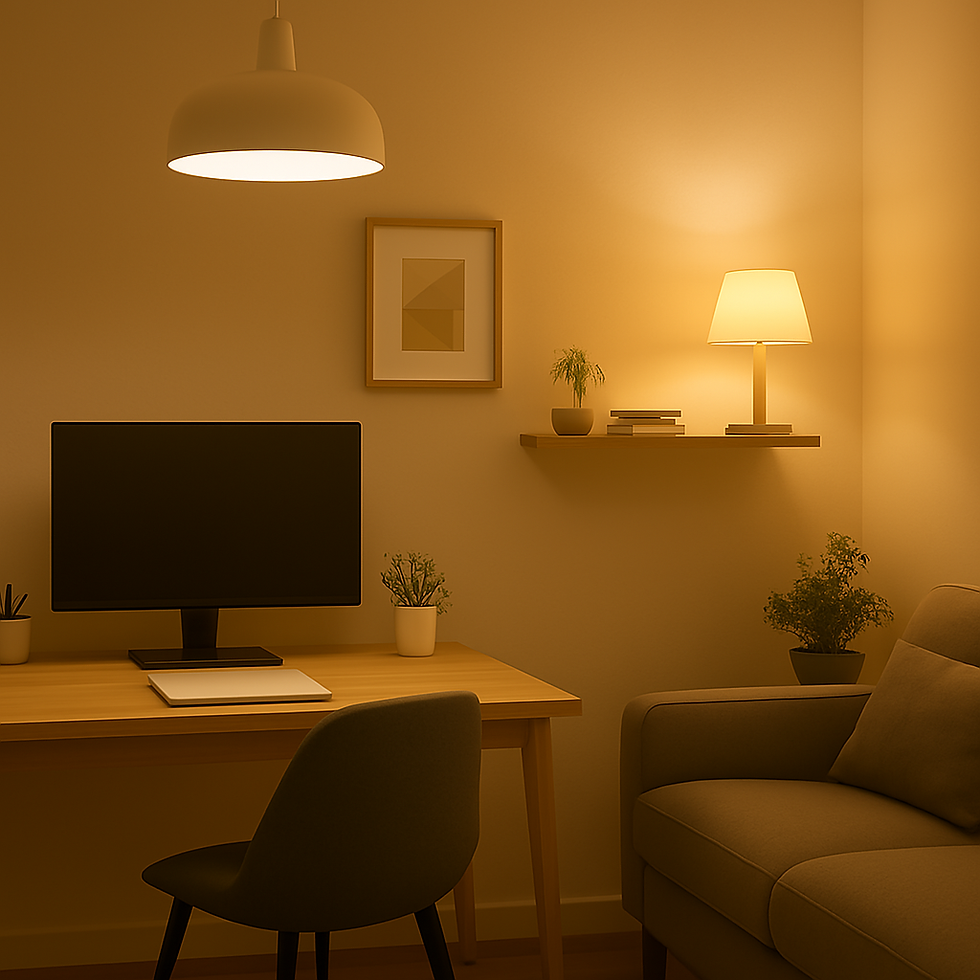
Philips' Ultra Efficient LED bulb is a promising innovation that stands out in the lighting market for those looking to cut energy costs and reduce environmental impact. With its remarkable efficiency, longevity, and potential for significant cost savings, this bulb represents a smart choice for anyone considering an upgrade to their home lighting. As we move towards a more energy-conscious future, adopting technologies like the Philips Ultra Efficient LED bulb could play a crucial role in promoting sustainability and responsible energy use.
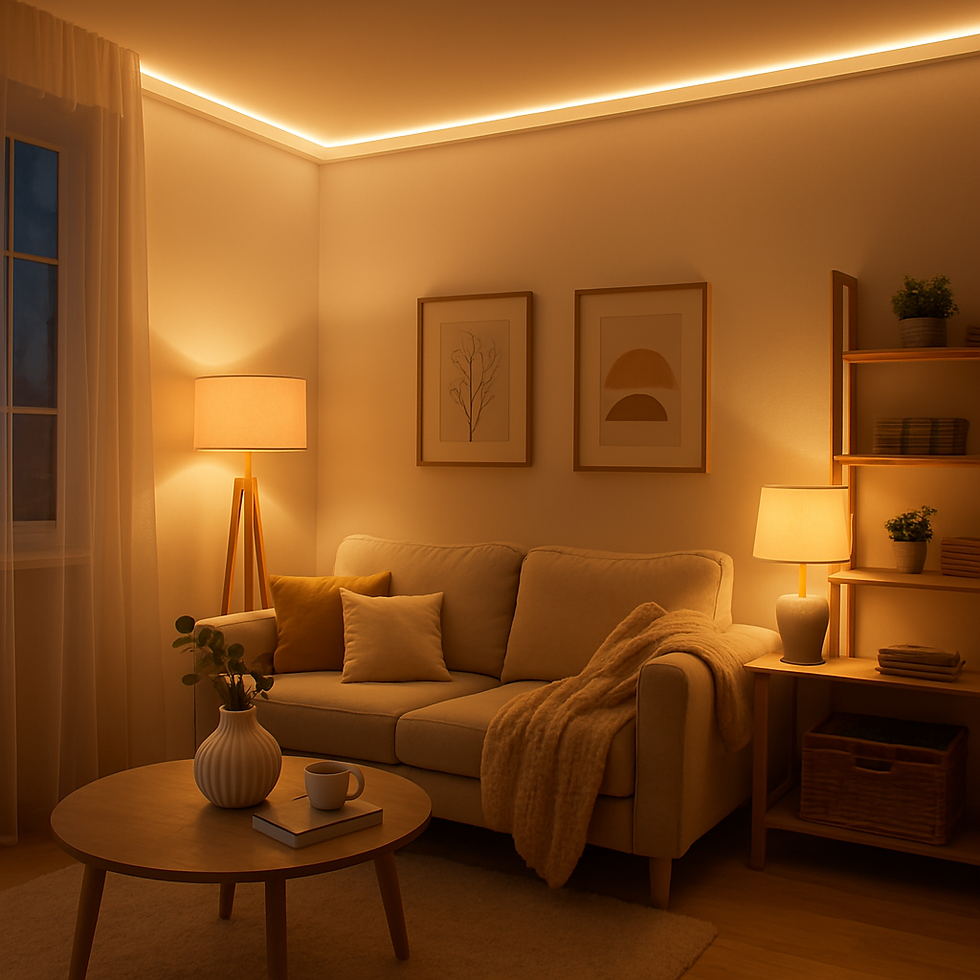
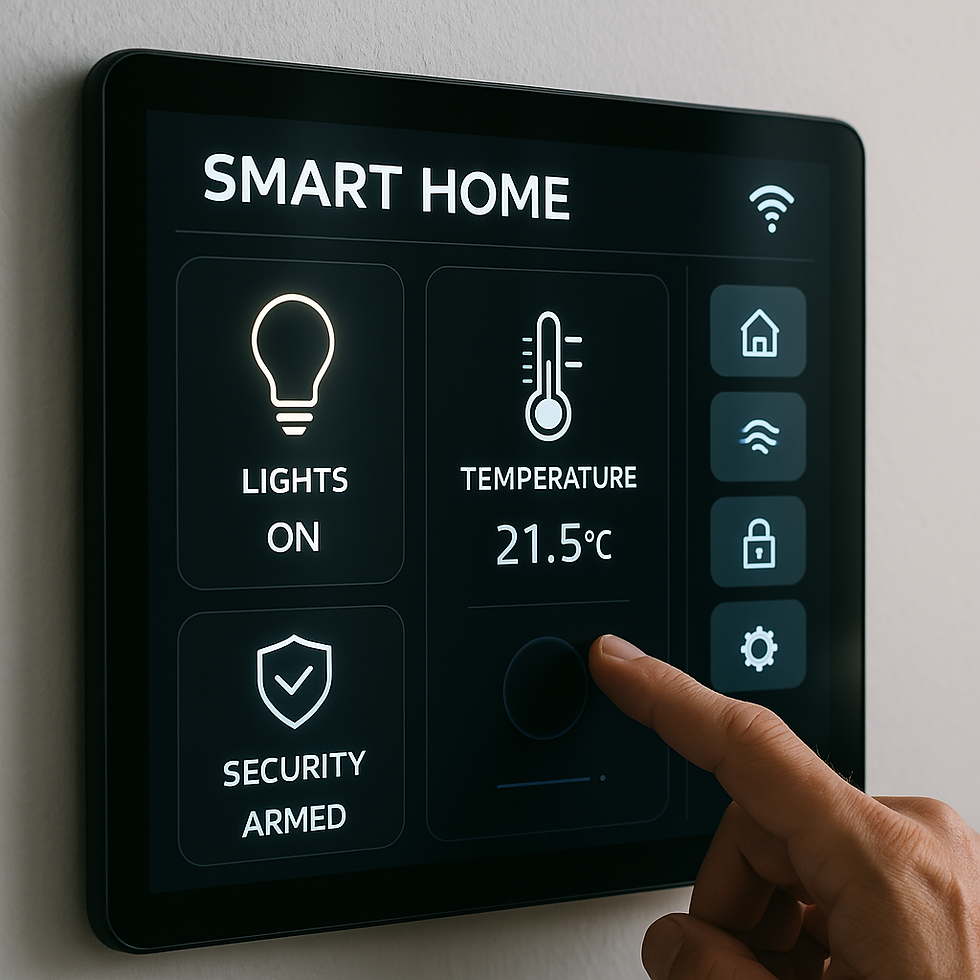


Comments